Back in a world of asphalted streets, full supermarket shelves and relative cleanliness. Bit of a shock to the system.
Mbandaka
Because our journey began in Stanleyville (Kisangani), we want to bid farewell to the British explorer and adventurer Henry Morton Stanley, who scouted a huge area around the Congo during the second half of the nineteenth century, travelling down almost the whole river. Swinging onto three mototaxis in Mbandaka, we drive south. Somewhat outside the city is the ‘Equator Stone’. Stanley placed it there. Although the explorer was off by just under four kilometres, the marker is testimony to his extraordinary feat. And at least you can photograph a stone and a sign.
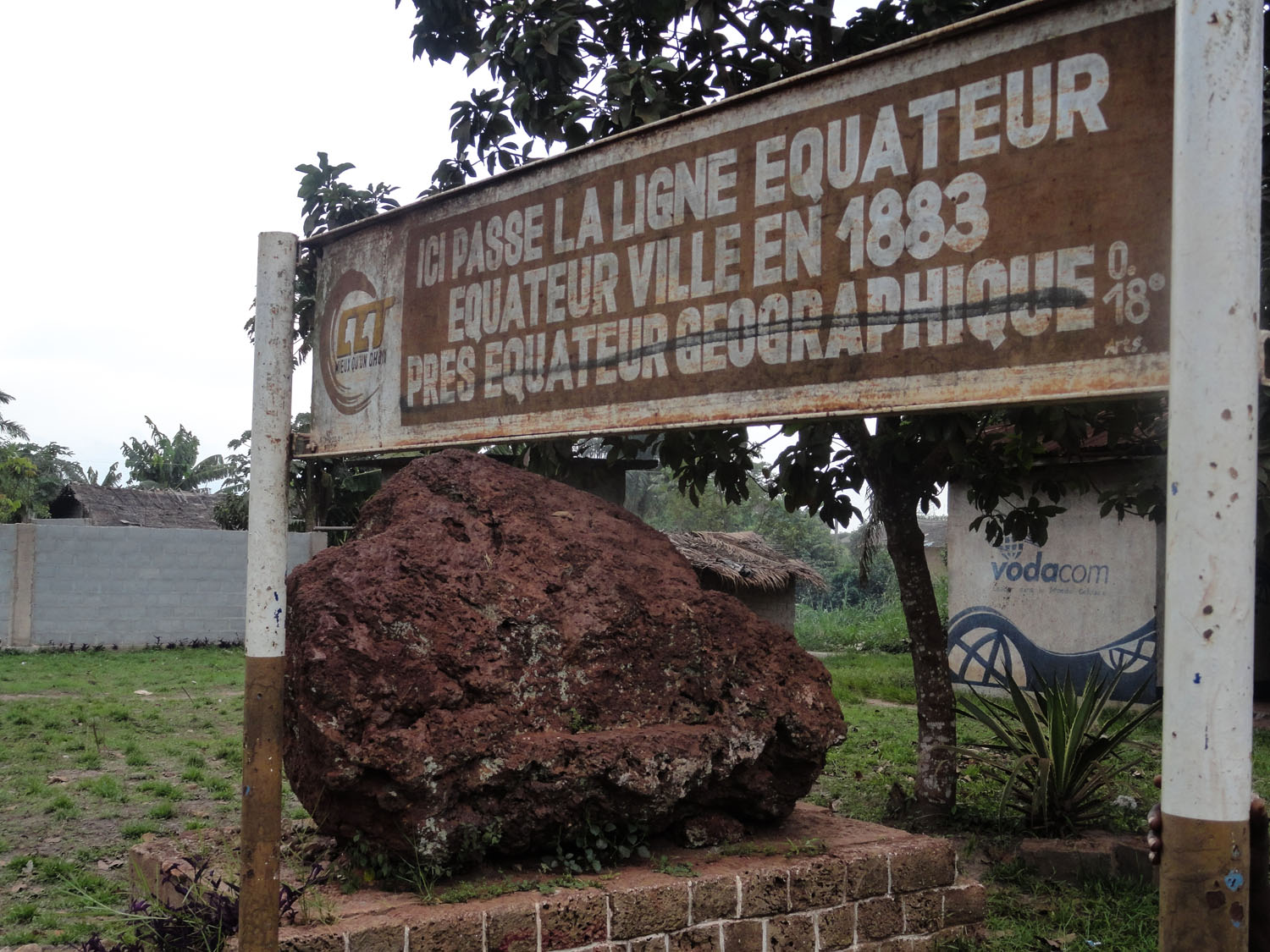
On the way back to the city we make a brief stop at the most prominent abandoned building in the area: Mobutu’s palace. Not to be confused with his three magnificent, plundered palaces in Gbadolite, the ruin has simply been frozen in time. The location and underlying structure bear witness to the enormity of the original intention. We wander around freely under the watchful gaze of the village youth. You don’t usually see tourists up close around these parts.
Back in Mbandaka, taking a walk along the harbour promenade, we get an answer to a question that’s long been bothering us: where have all the old passenger ships got to, the ones aboard which you used to be able to travel the river in such comfort? There are two of them here, rusted and abandoned in a former shipyard. Shipbuilding halls and workers’ houses stand empty. People have erected mud huts in the garden.
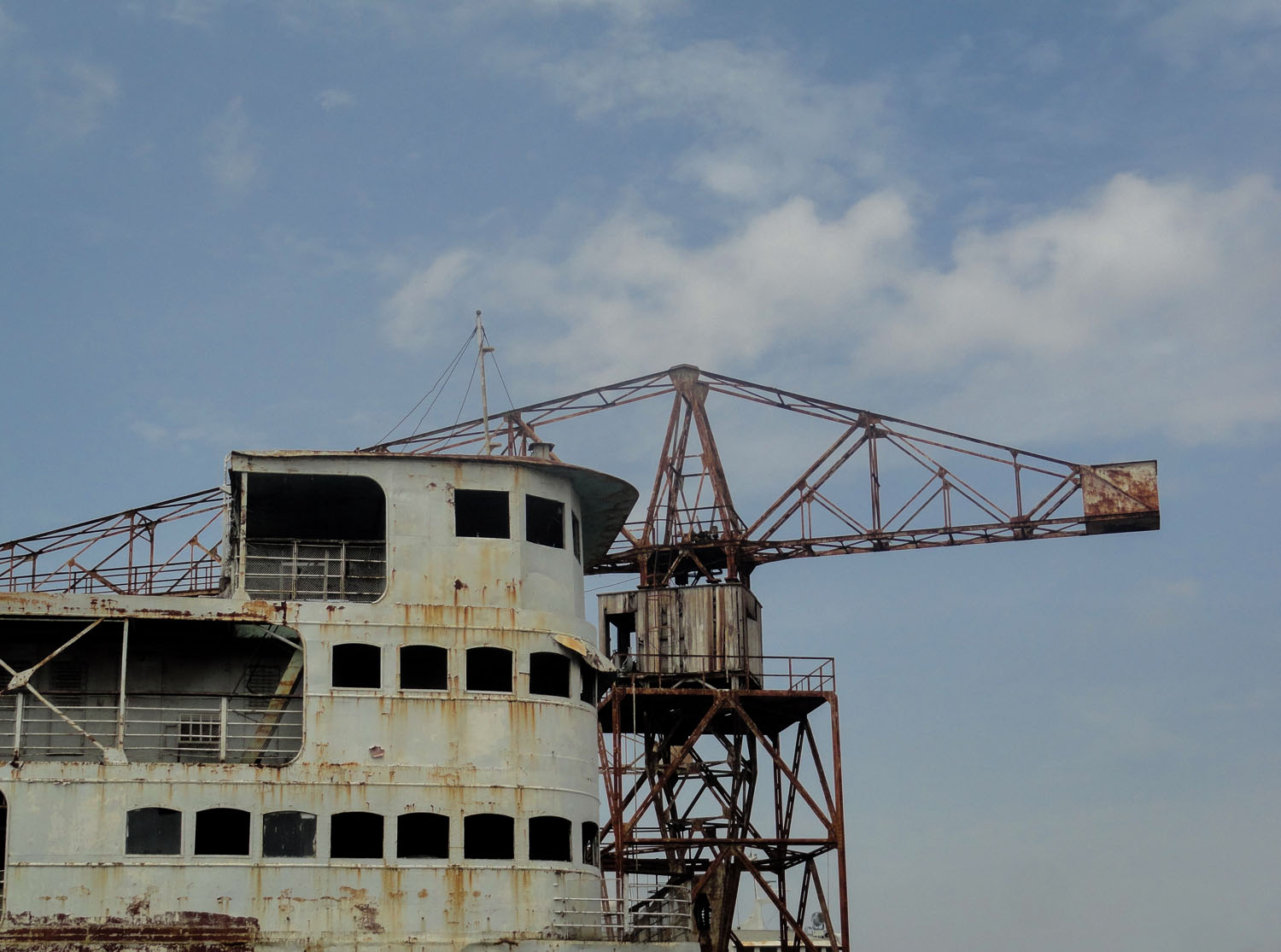
Further inland, parallel to the river, runs the city’s most glorious mile: asphalted, cared for, and decorated with colonial buildings from beginning to end. Beside the post office is a row of buildings: the town hall, lots of shops and banks, a lovely park and several public buildings. Worth seeing, but also sad to look at is the botanical garden, laid out around 1900. The biggest garden of its kind in Central Africa has the charm of a well-tended primeval forest. The museum offers us a gruesome hour: in the glass specimen jars the alcohol has evaporated, and a colony of bats has taken up residence in the roof. Once proud, now decaying.
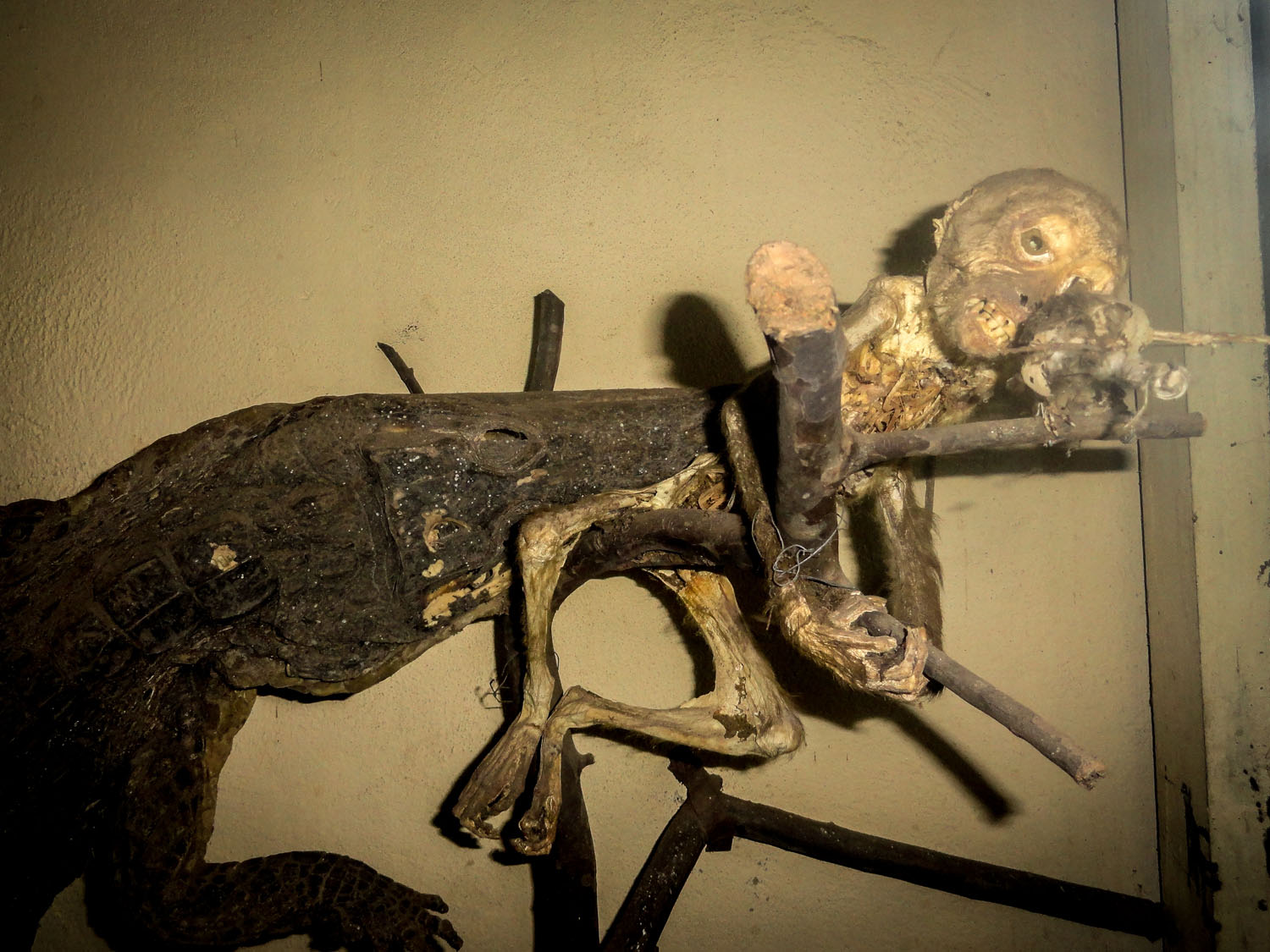
Kinshasa
With some respect for Kinshasa, we travel to the airport. The metropolis of eight million people is the last stop on our journey. Upon arrival we have 2,525 kilometres and three weeks of adventure behind us. The city is overwhelming. Suddenly we’re back in the known, albeit somewhat unfamiliar world. Stunned by enormous supermarkets, a superabundance of Western products and, especially, the horrendous prices, we experience an abrupt culture shock. Three or four dollars for a bar of chocolate, fifteen for Nutella and upwards of six dollars for a hundred grams of cheese? Our expectations are dashed. We leave the supermarket empty-handed.
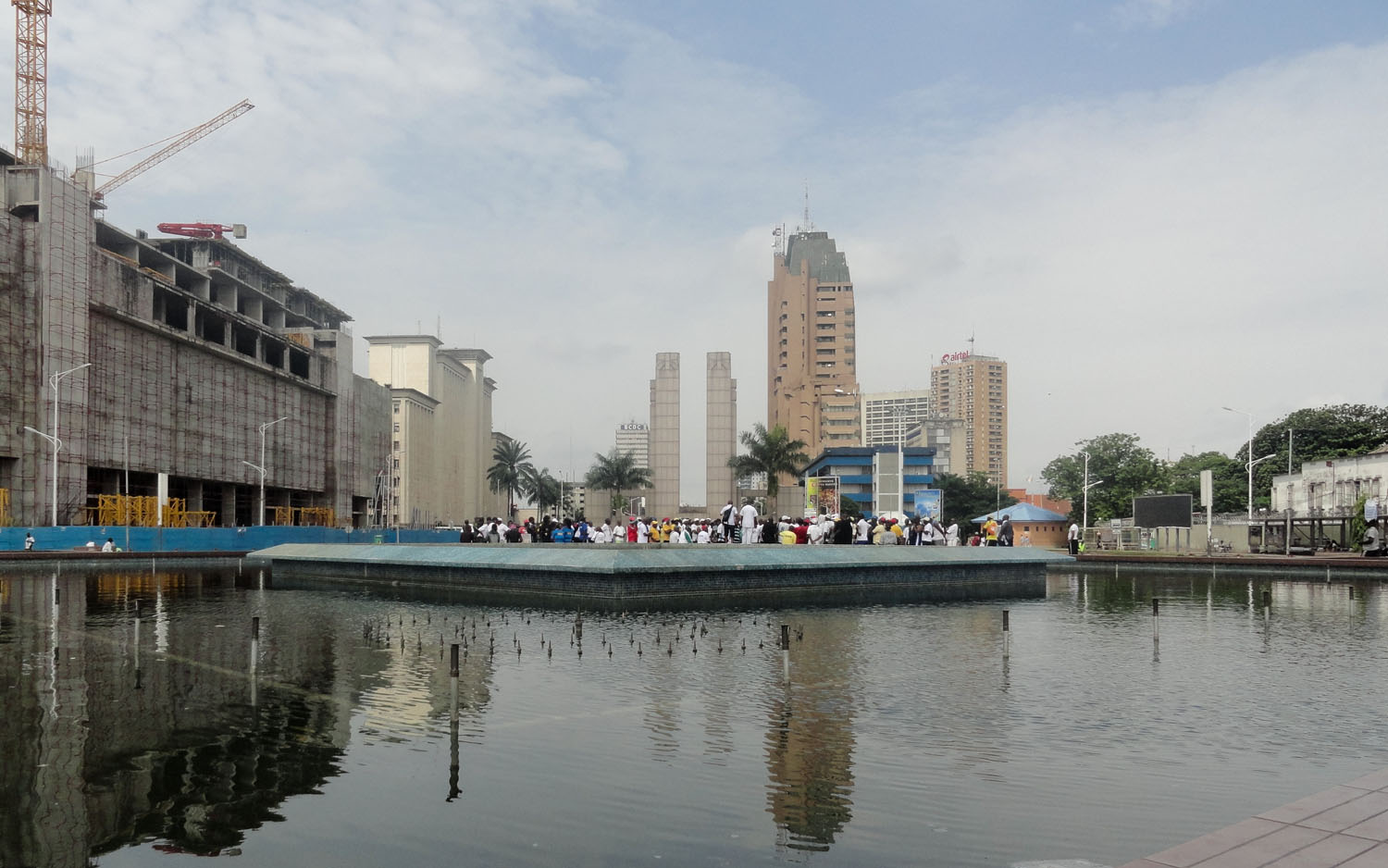
After breakfast the next day, we set off on a walk of epic proportions. The distances are enormous. From the harbour we walk past the eastern railway station, across the Boulevard of 30 June to the central market. Glad that today is Sunday, we elbow our way through thousands of empty wooden huts and mountains of rubbish. It doesn’t take much imagination to picture what market day looks like. We pass the Stade des Martyrs and see the People’s Palace from a distance. A few kilometres later, just before the Presidential Palace, our sightseeing tour is interrupted: a military checkpoint instructs us to turn around. Undaunted, we stroll through the embassy quarter. Outside the German embassy, we cast a quick glance across the border to Brazzaville in the Republic of the Congo.
In the 1880s an Italian tried to win the favour of the tribes for the French in the area now covered by the two Congos, while an Englishman did the same for the Belgians. The Italian, Savorgnan de Brazza, founded settlements for the French, including Brazzaville, on the right side of the Congo. Opposite Brazzaville, on the left side of the Congo, the Briton Henry Morton Stanley established the settlement of Léopoldville, today Kinshasa. After the colony of the Belgian Congo declared independence in 1960, the Congo whose capital was Kinshasa changed its name often: from the ‘Republic of the Congo’ and ‘Republic of Zaïre’ to the ‘Democratic Republic of the Congo’, which it has been called since 1997. The first president of the republic, which has been rocked by numerous wars, was Laurent Kabila. His assassination in 2001 marked a turning point in the war as well as in the nation as a whole. Today his mausoleum stands outside the National Palace in Kinshasa.
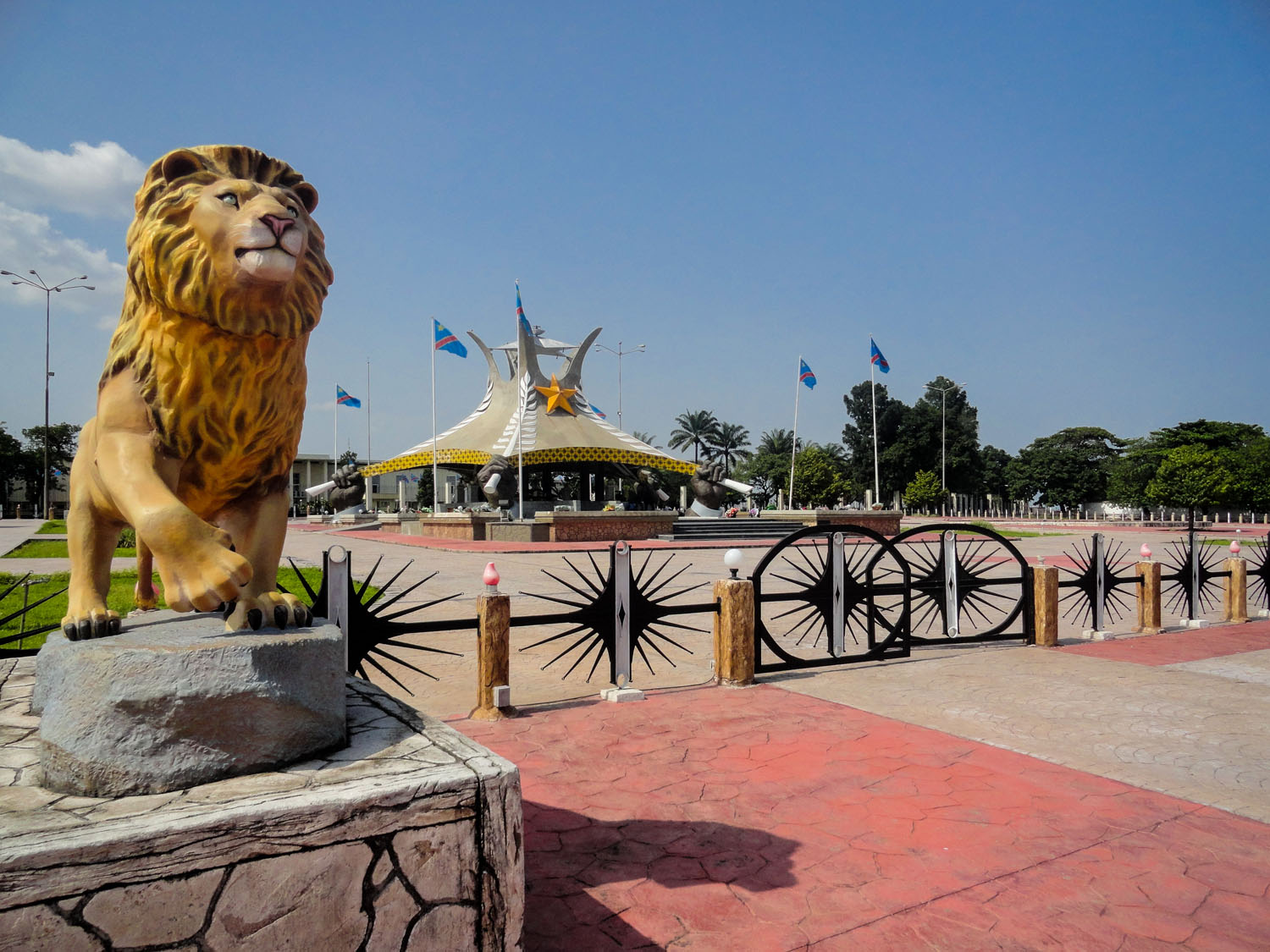
The monument turns out to be our final highlight of the city. I’m surprised that photos are allowed. The soldiers in the high-security zone argue that tourists and pictures are completely normal. This is the only place in the Congo where people seem to think that. In the rest of the country photos are frowned upon and viewed negatively.
The city doesn’t invite day-dreaming – not least because you’d end up falling into one of the giant manholes.
In the evening we make ourselves comfortable in a restaurant. I still don’t have a flight – I’ve really got to book it. My visa runs out in a few days, and there’s no way I’m spending hundreds of dollars wrangling with the immigration office over an extension. It’s exasperating. But as difficult as it was to enter the country, the country is now making it just as difficult for me to leave. As I try to buy a flight from Kinshasa to Addis Ababa, my credit card freezes. My bank’s security measures are functioning perfectly: a flight within Africa, paid for with a German credit card via a Spanish website, can only be credit card fraud. Only after my sister books the flight from Germany with my spare card, and after a few more security questions, do I finally have the ticket in my hand.
Somehow I’m both glad and sorry to be leaving the Congo. Our journey would certainly have been less arduous on a passenger ship from colonial times, but it was a marvellous experience.
Clear across the Congo, amid people’s lives and the nation’s history.
* * *
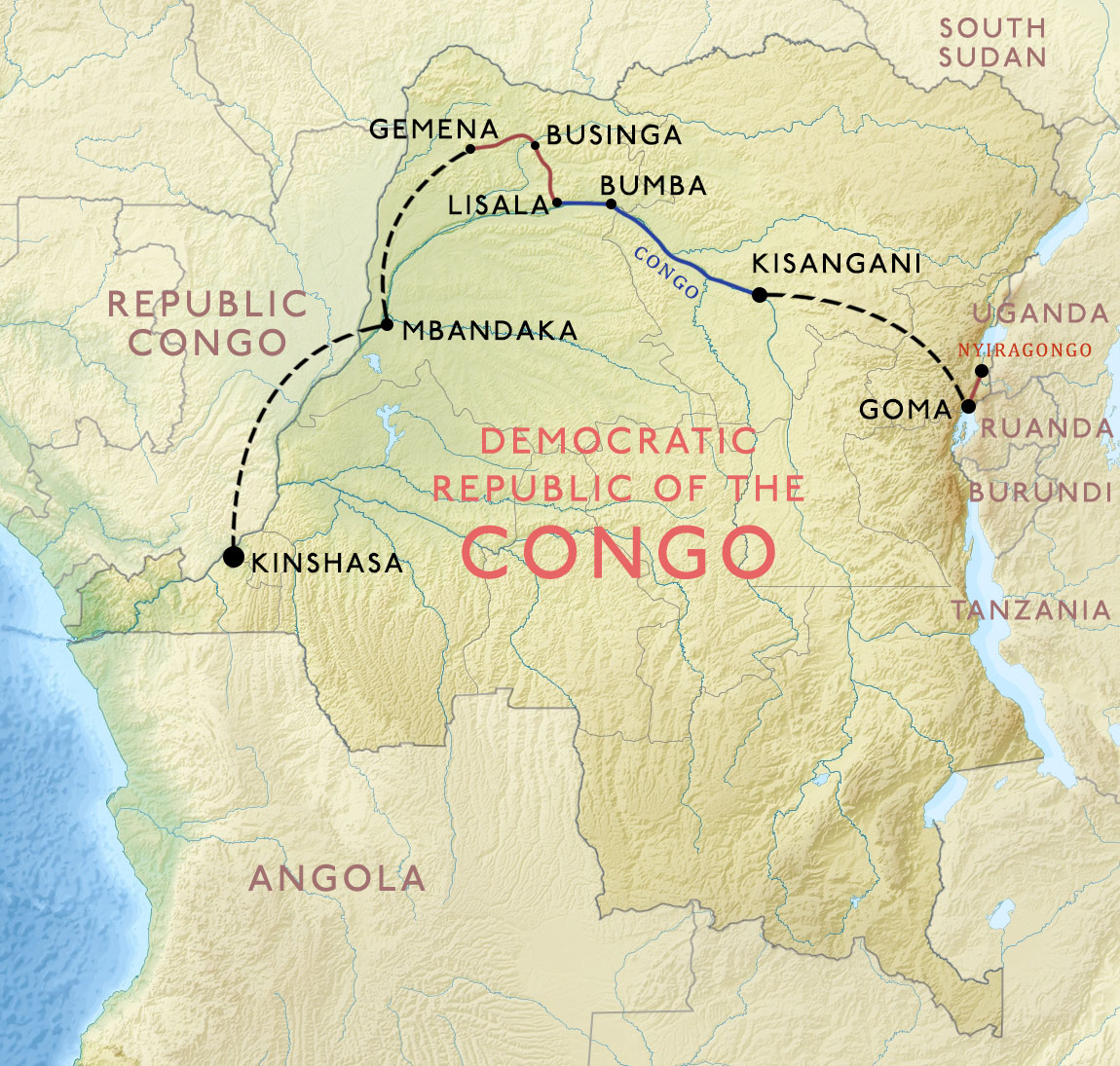
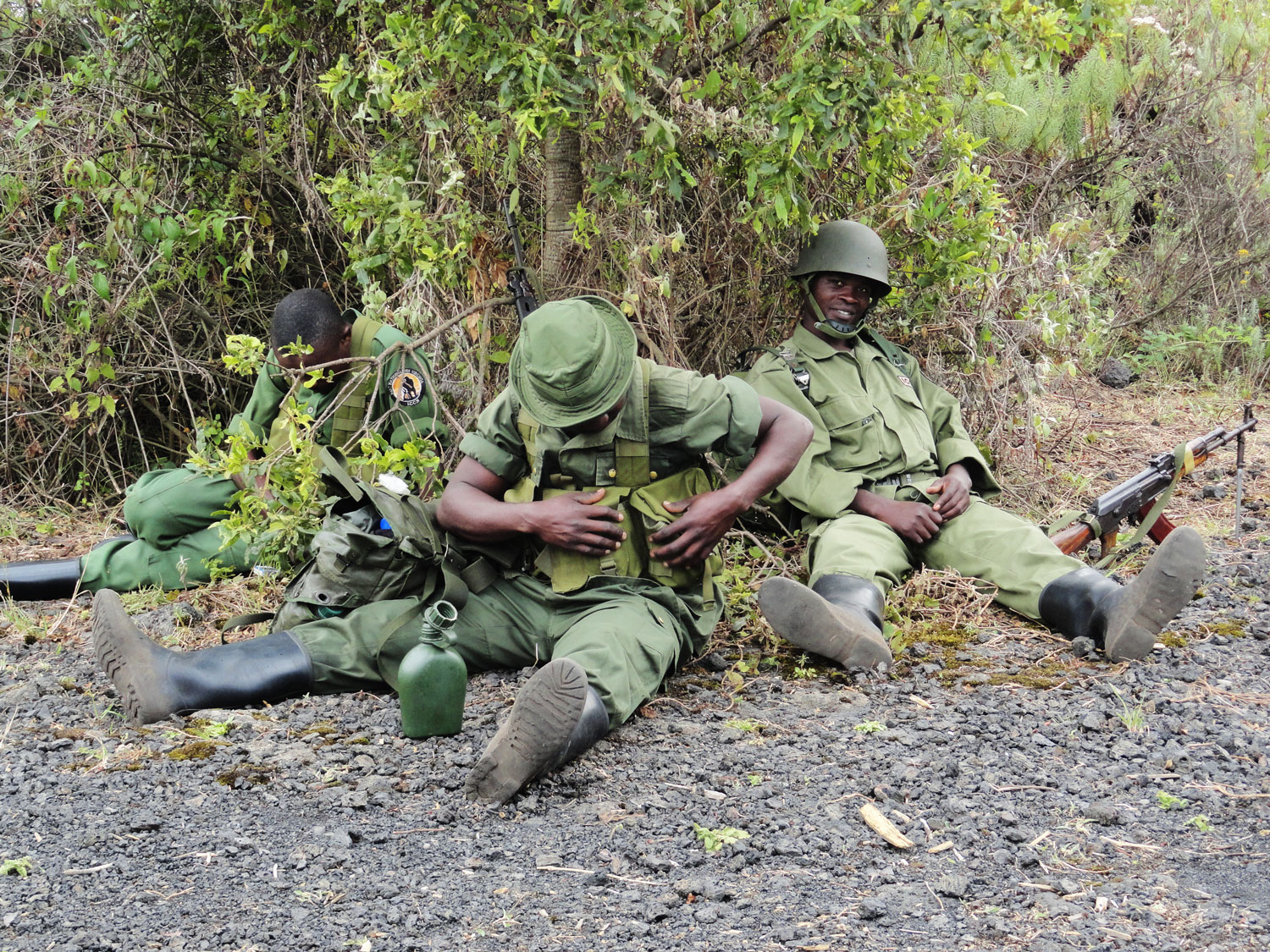
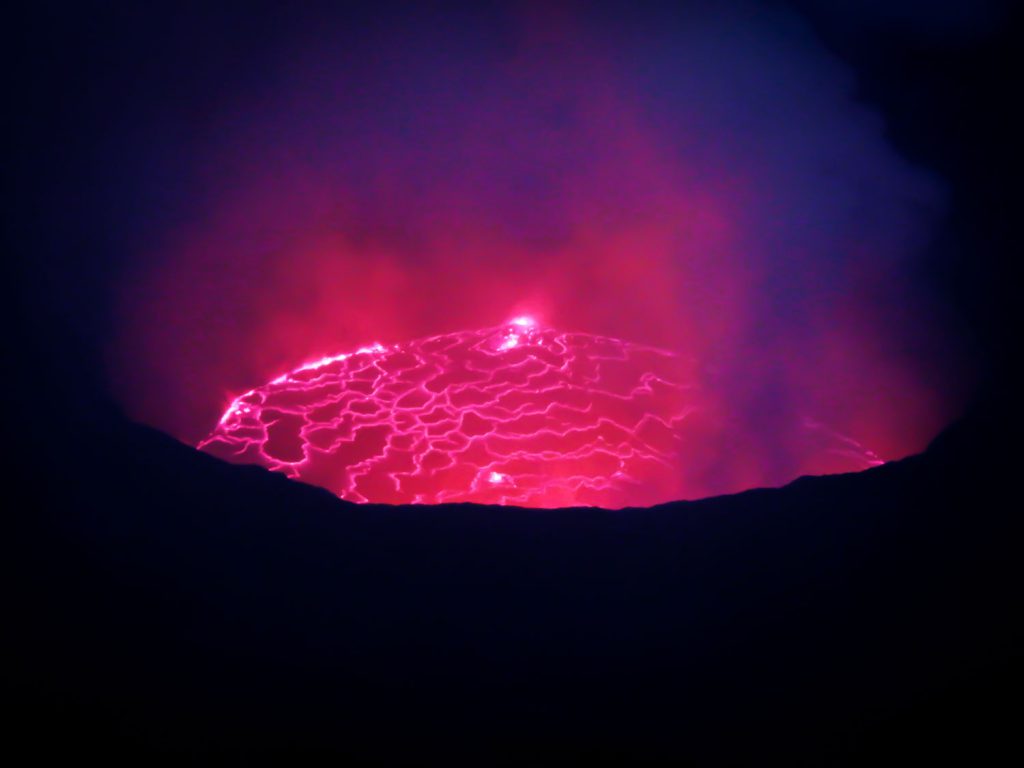
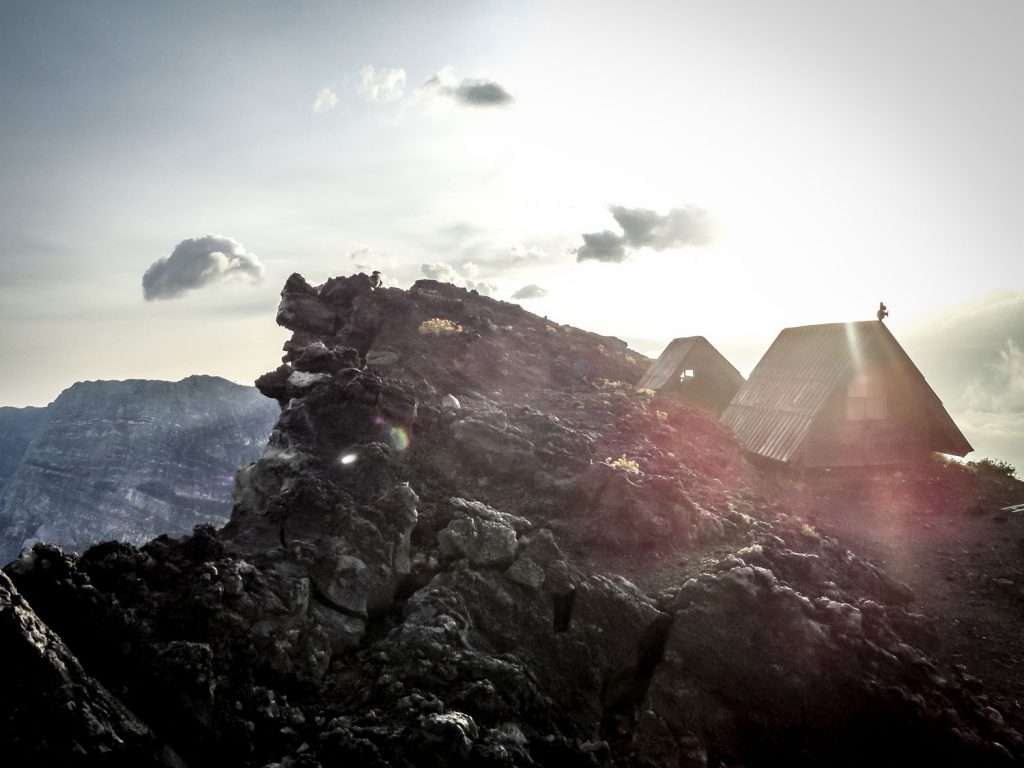
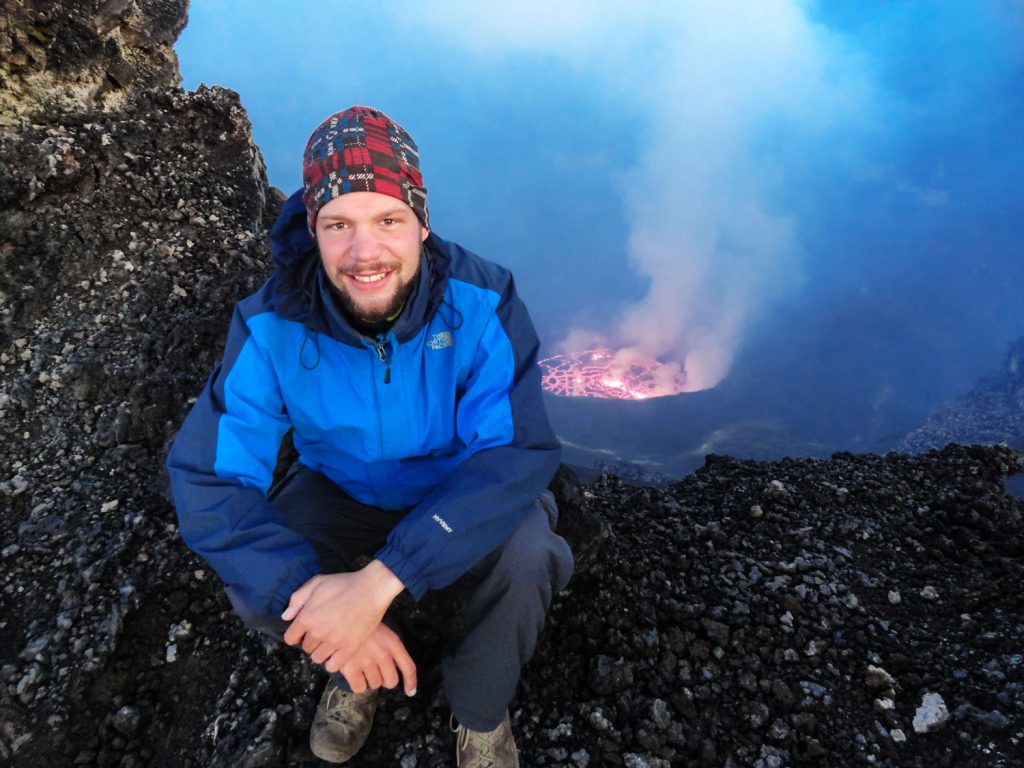
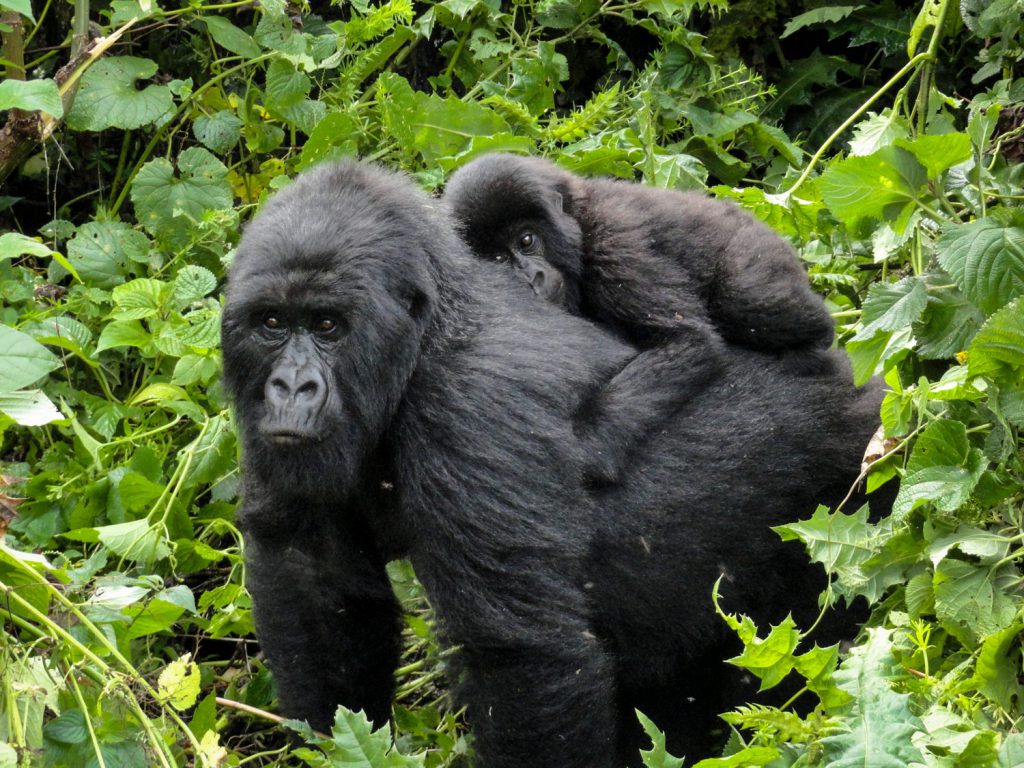
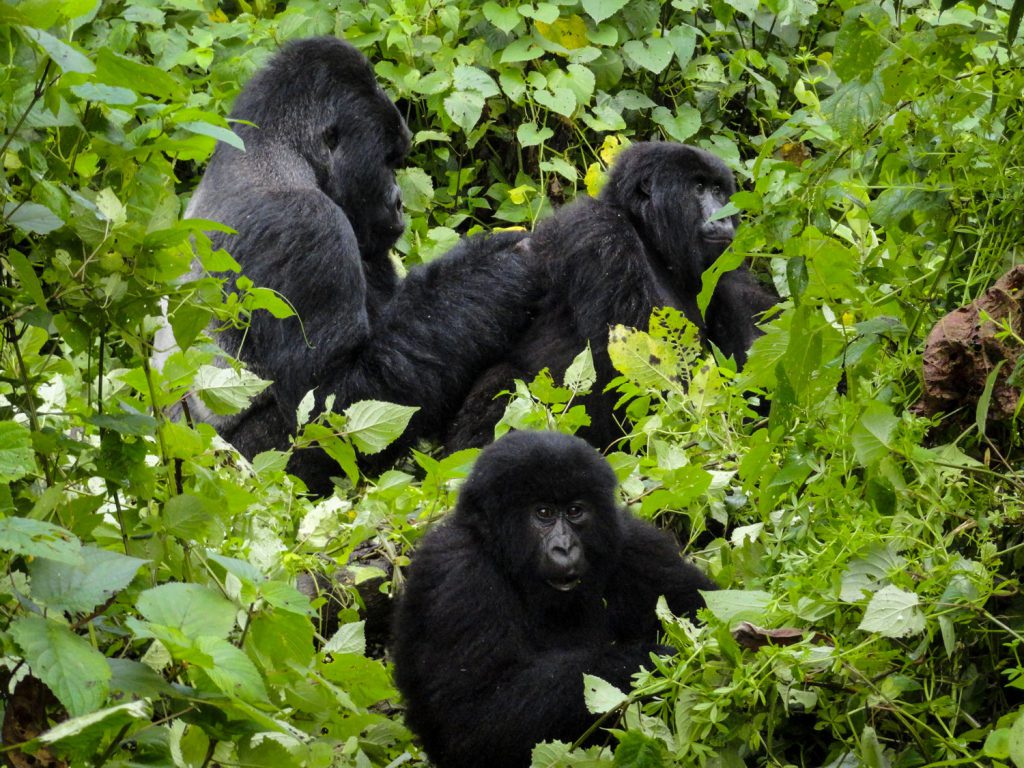
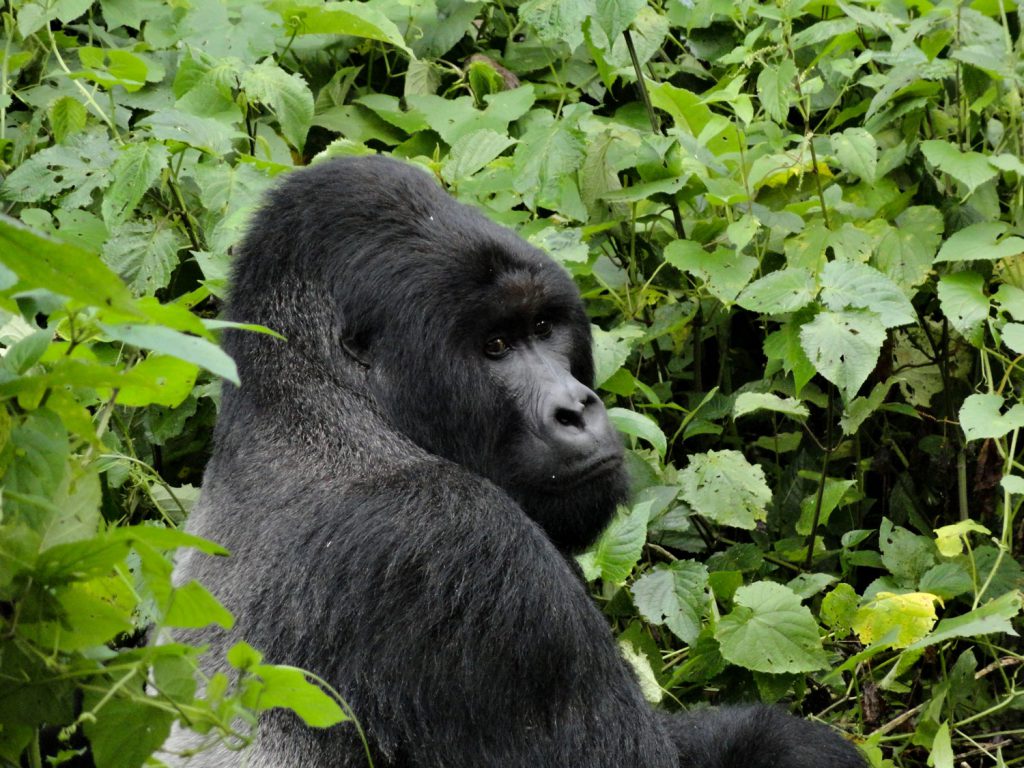
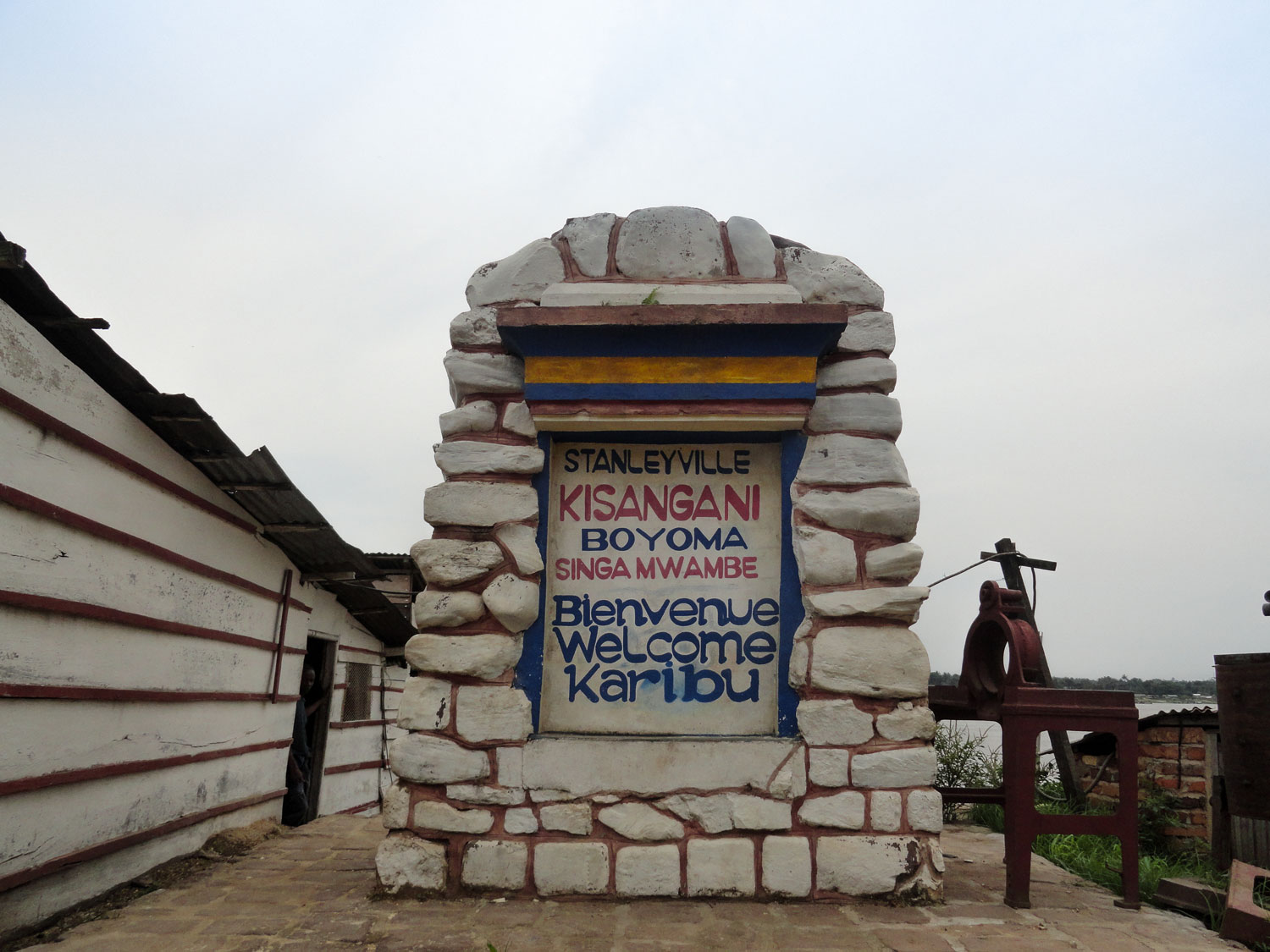
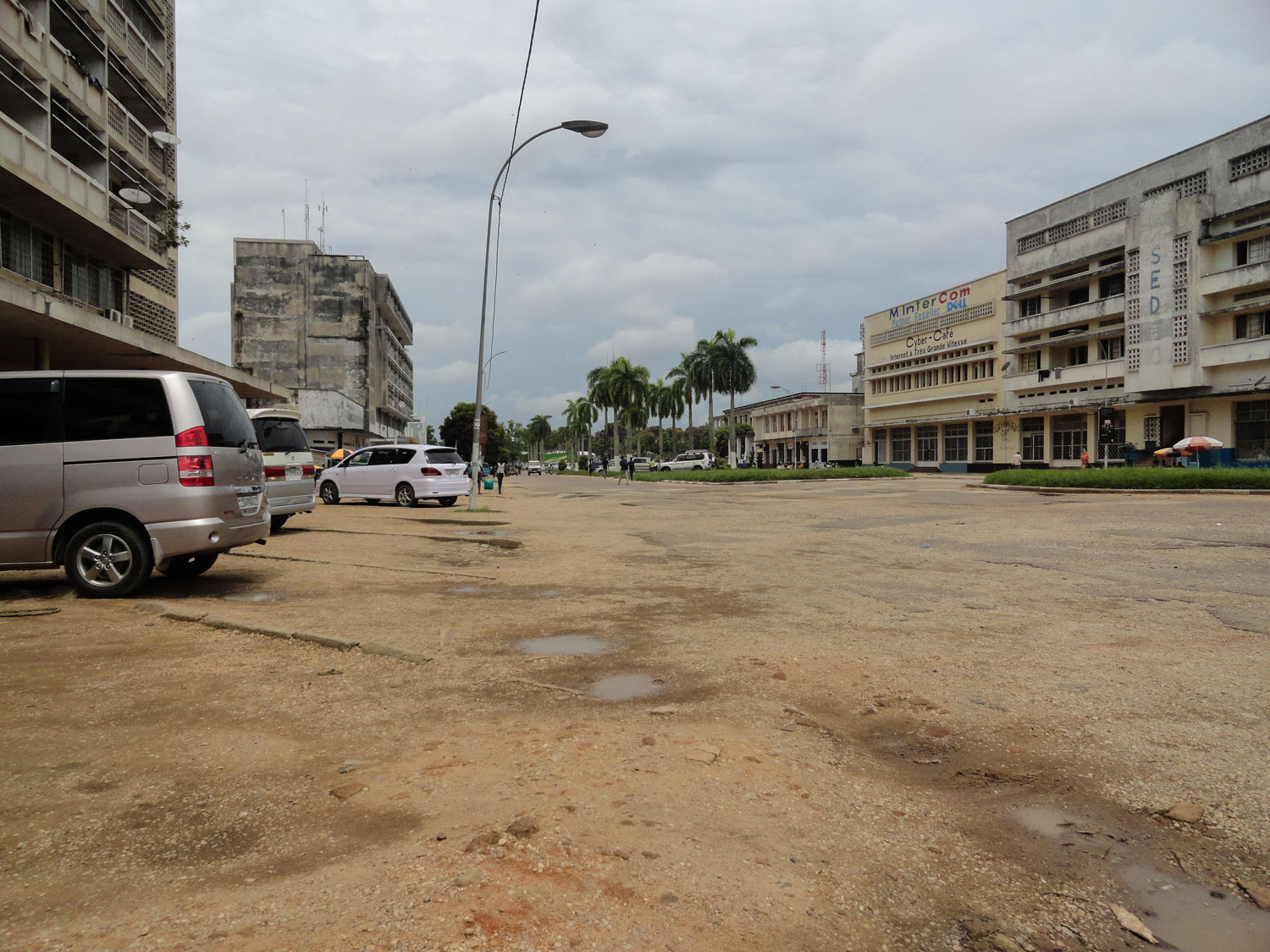
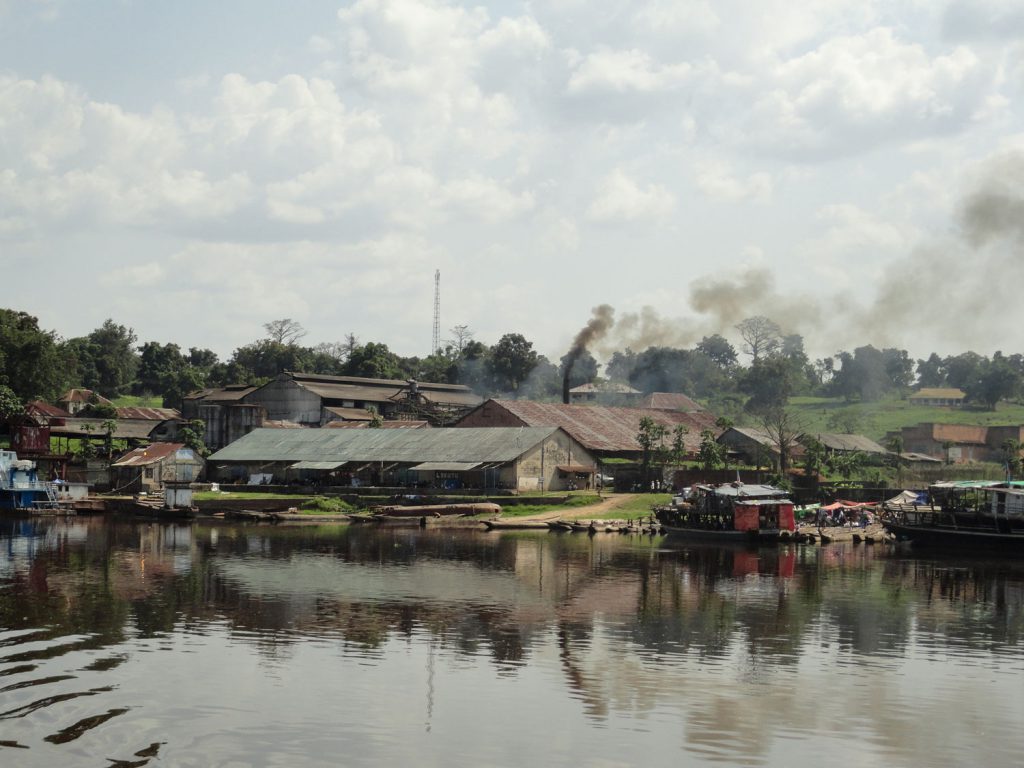
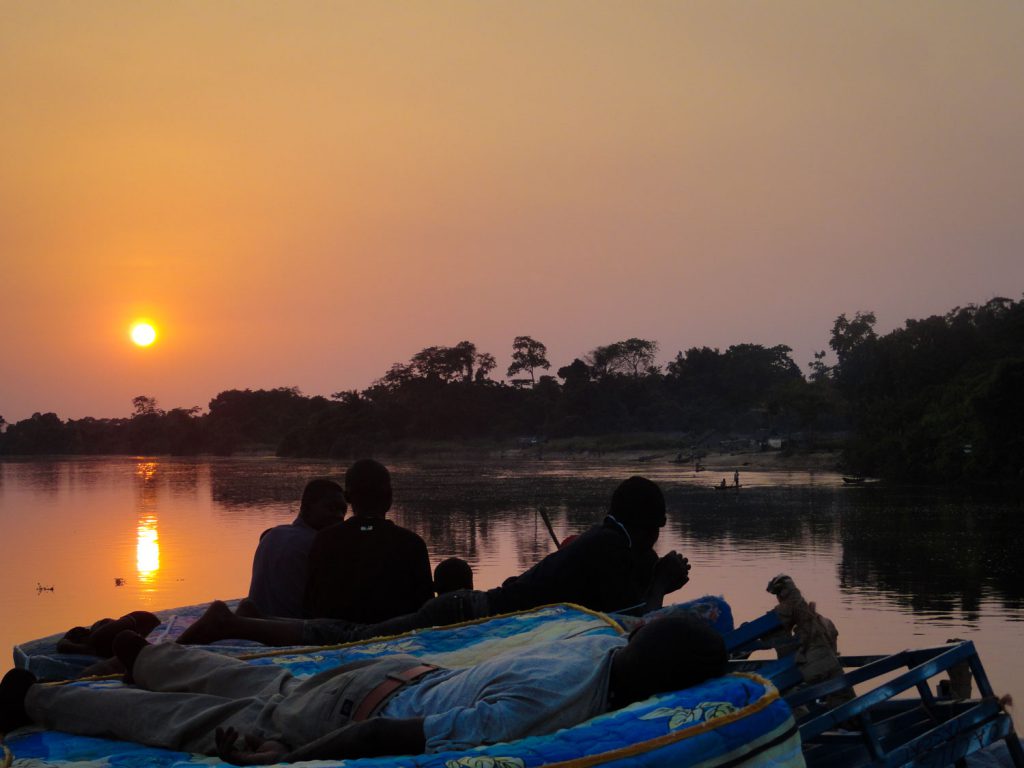
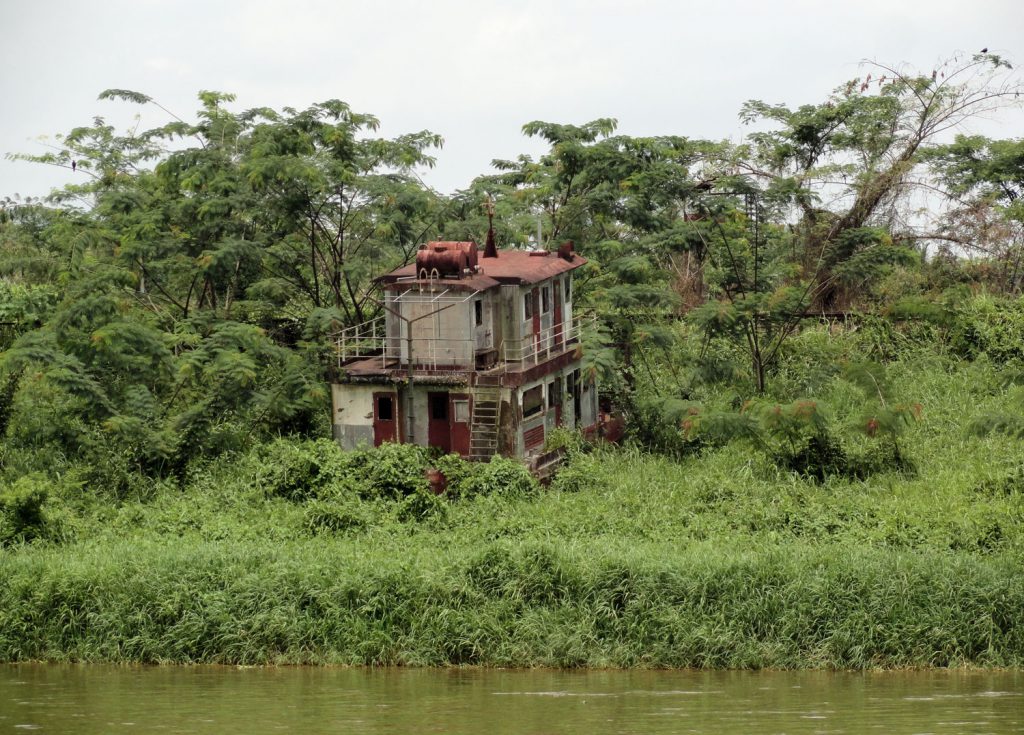
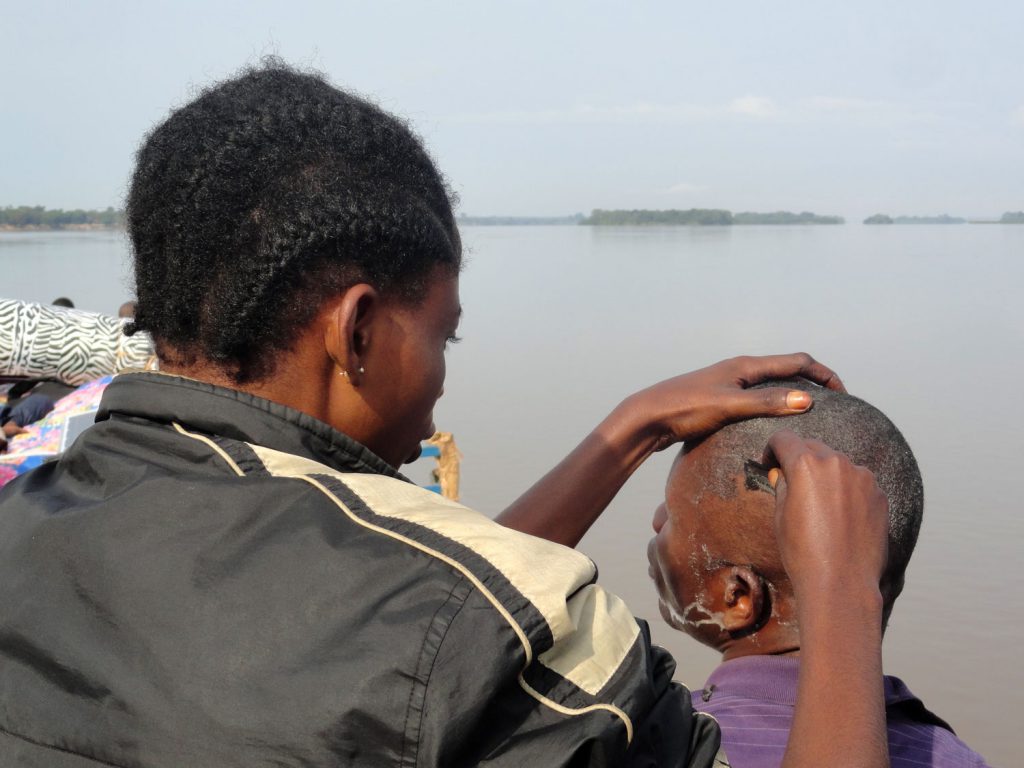
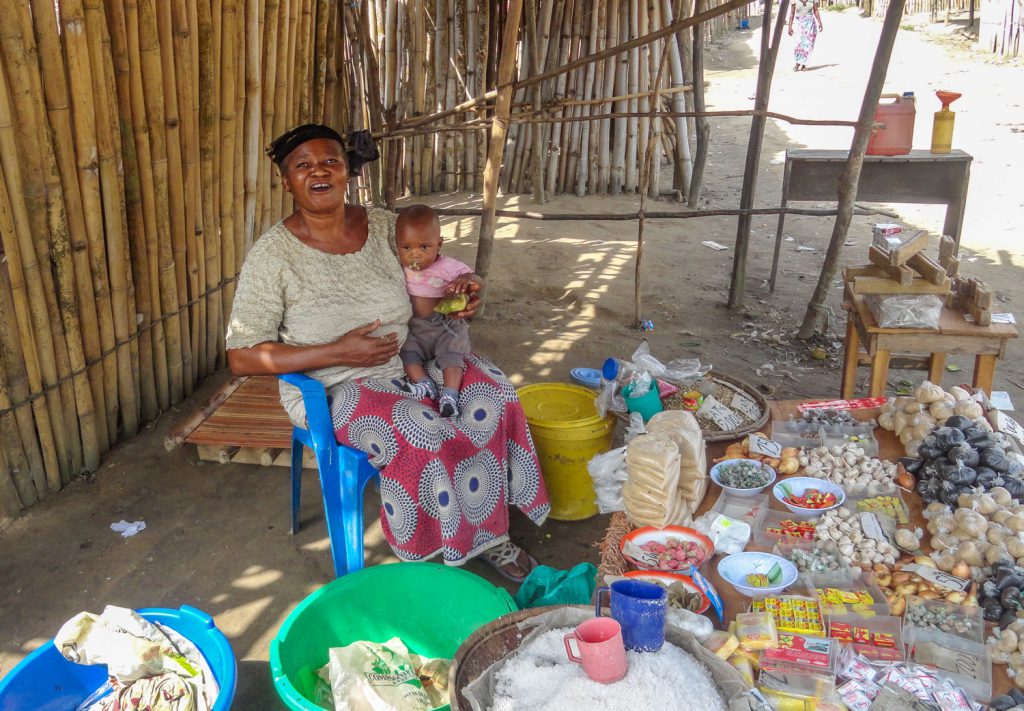
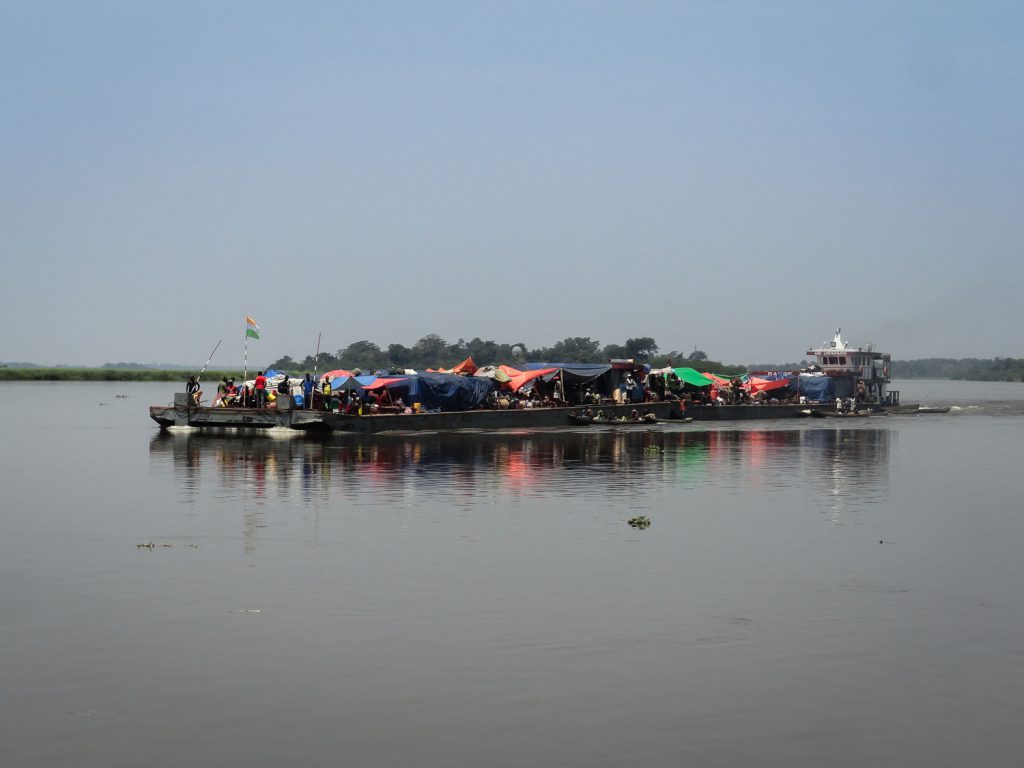
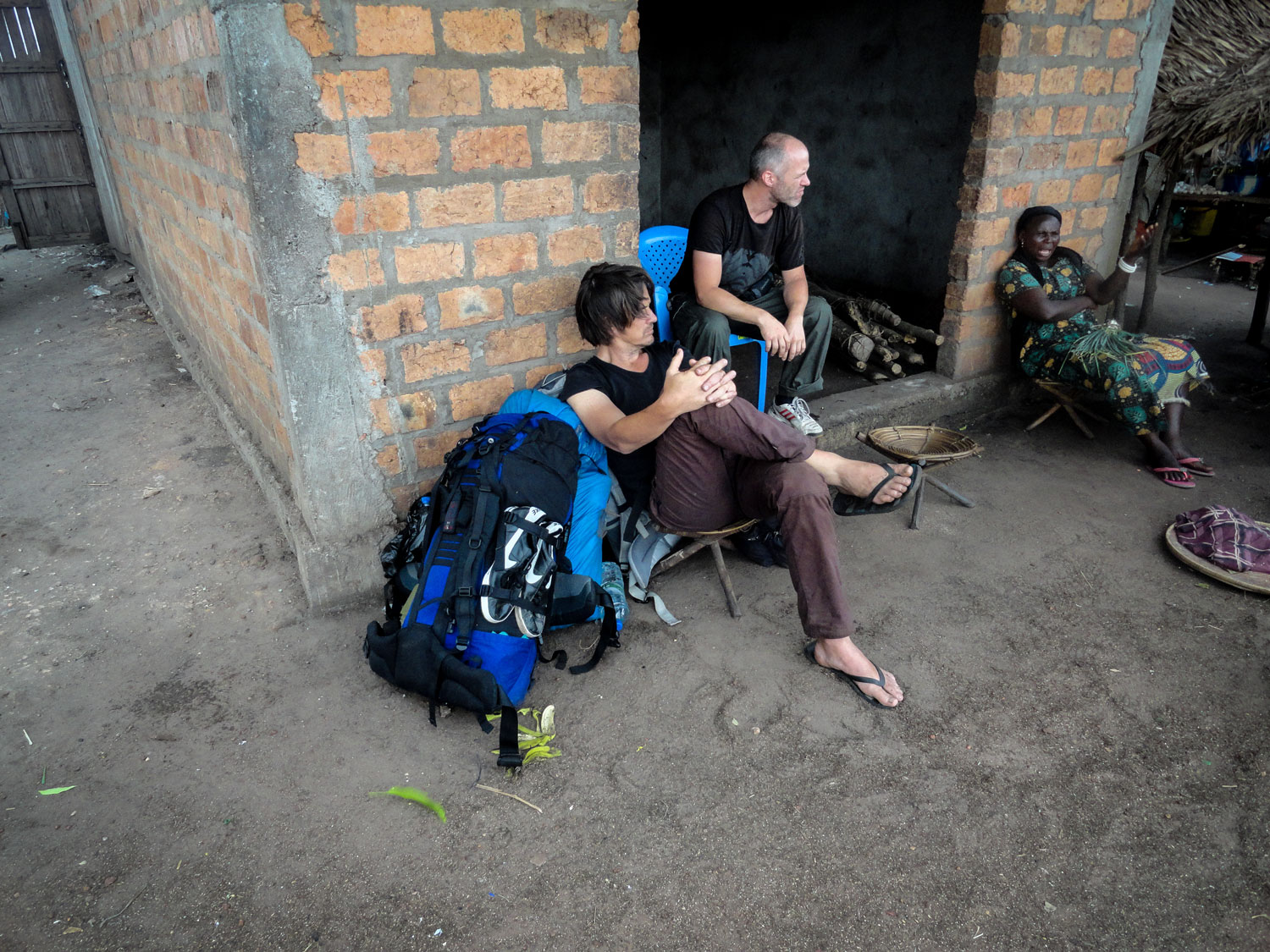
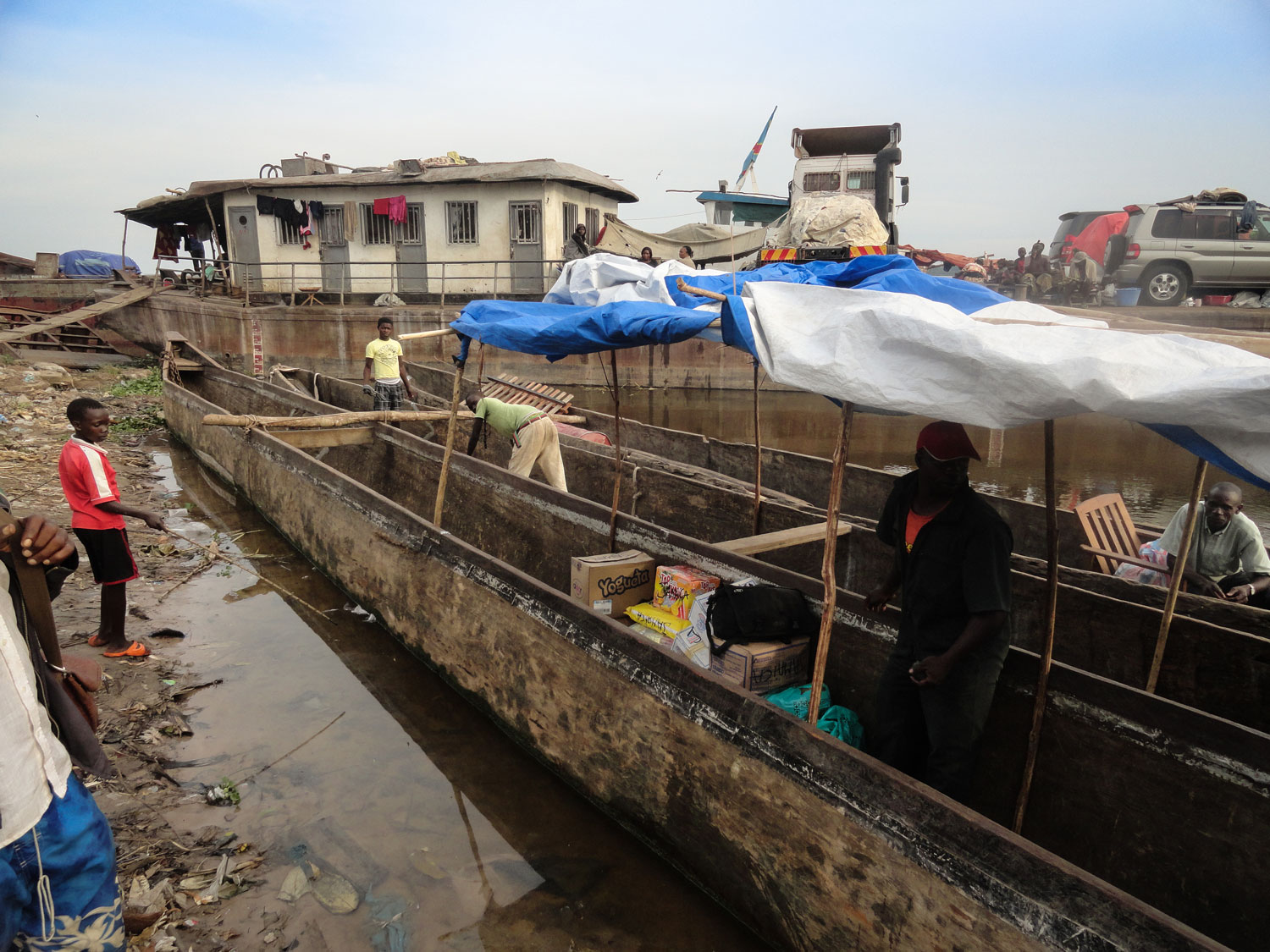
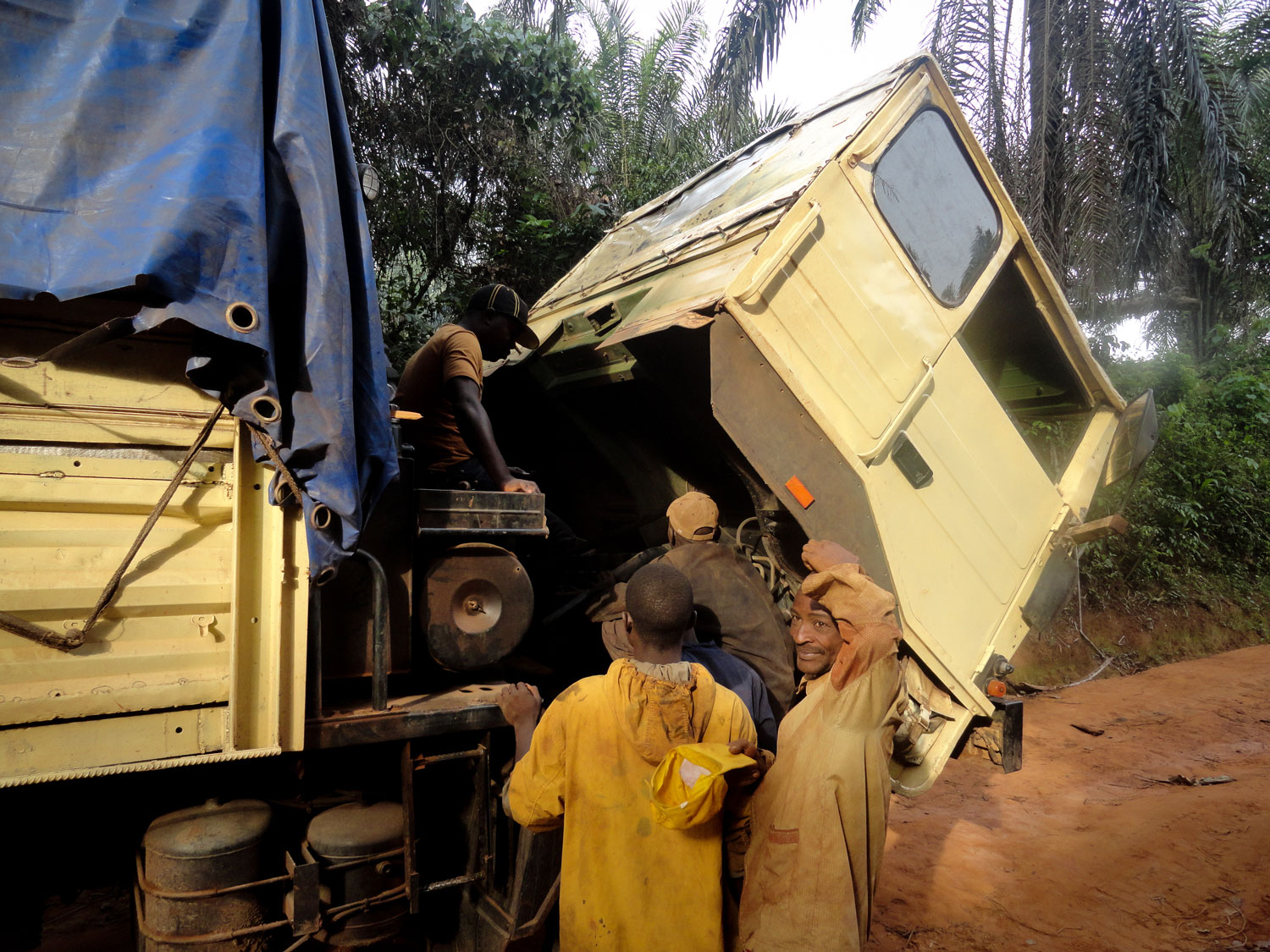
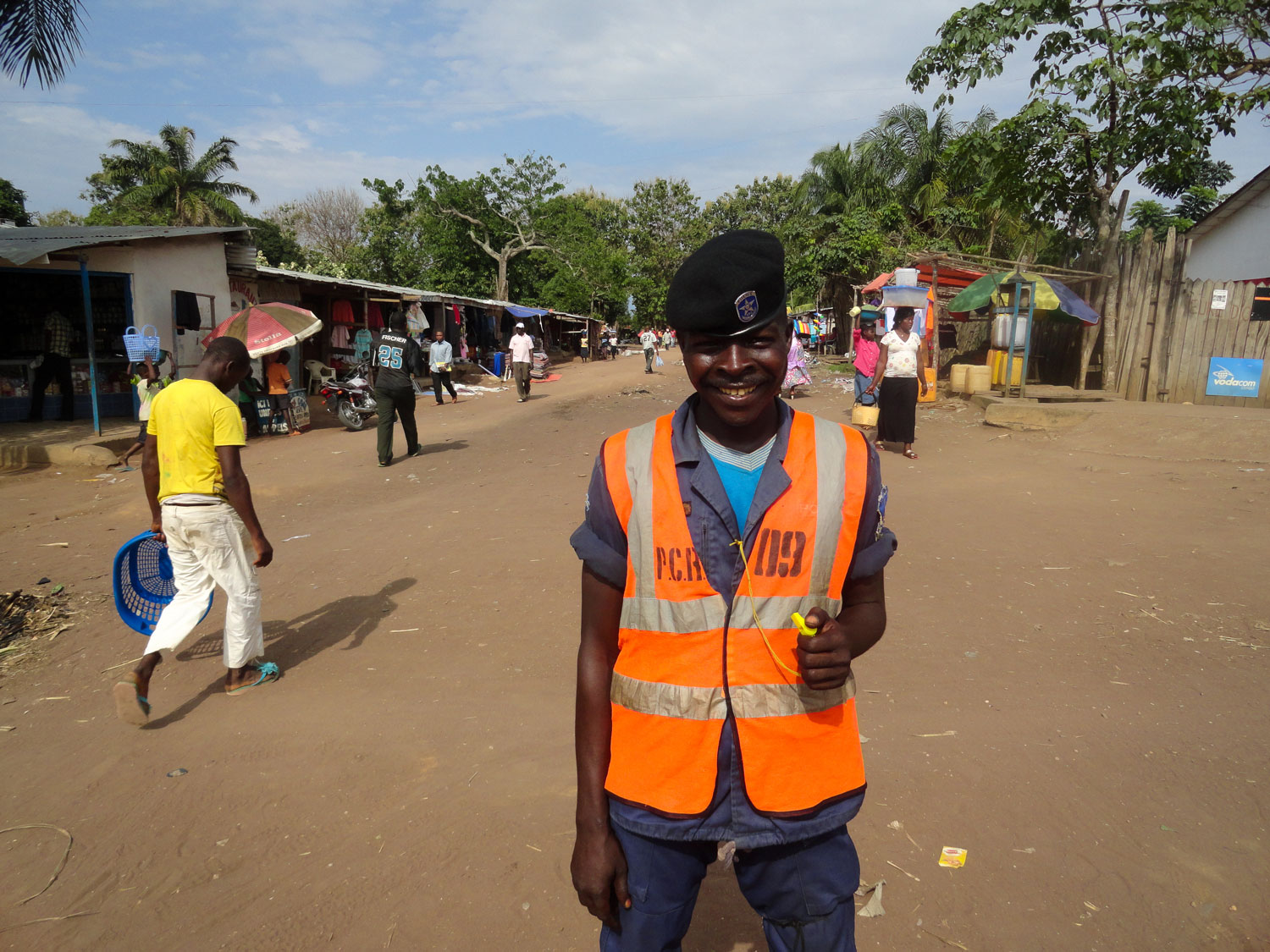

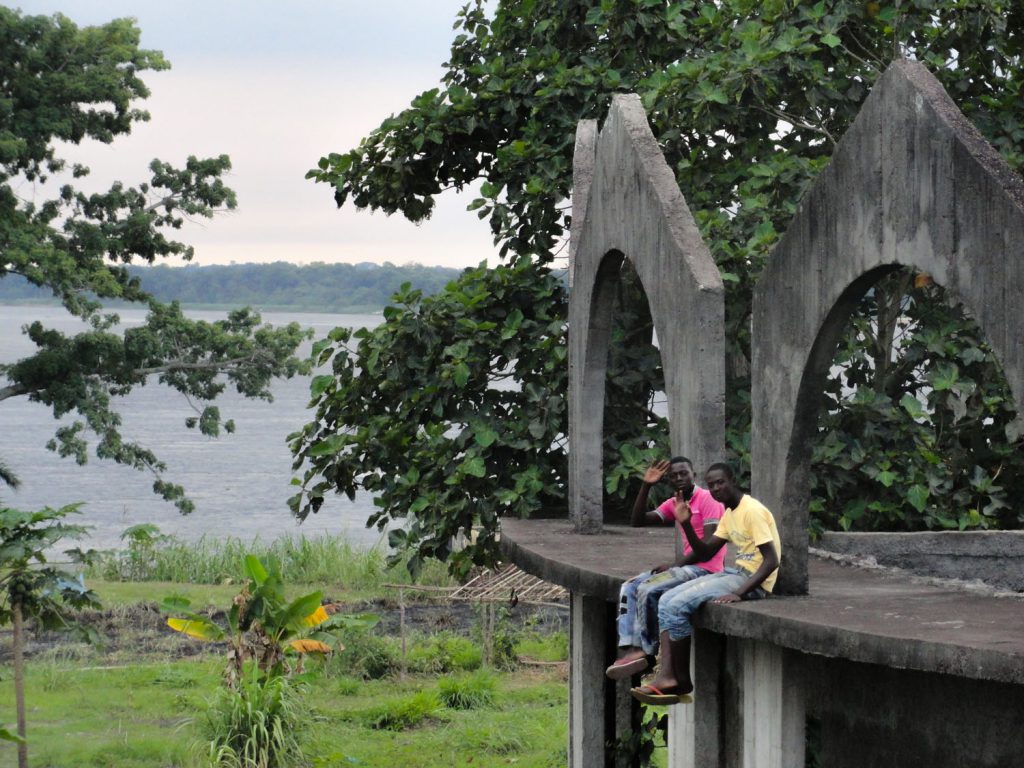
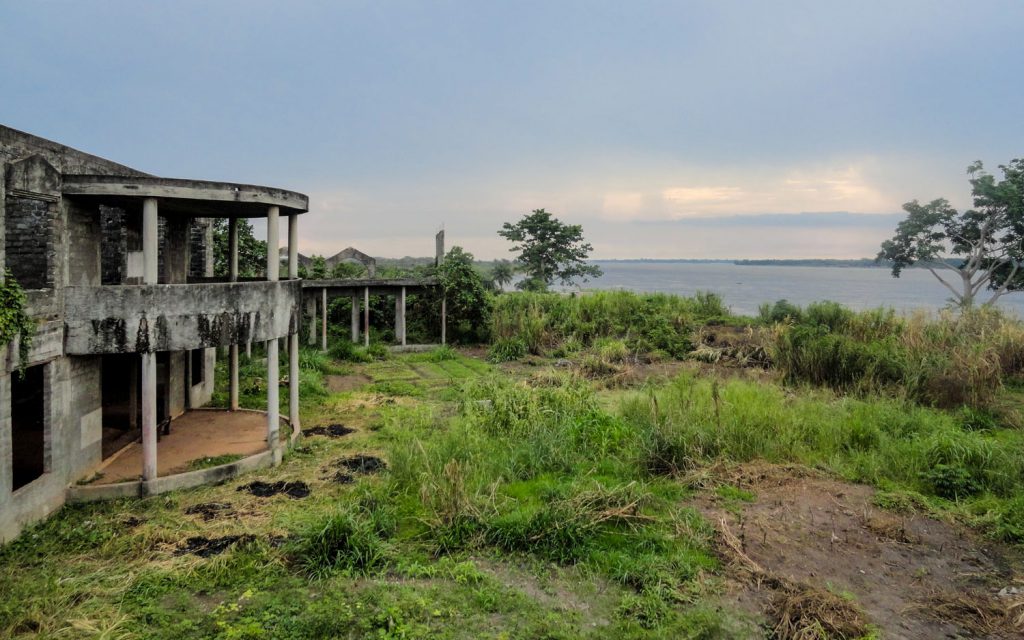




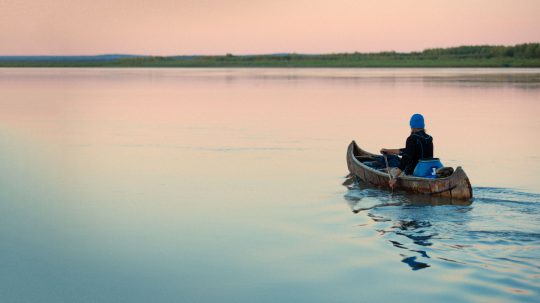
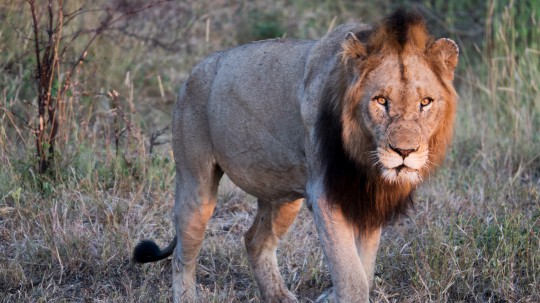
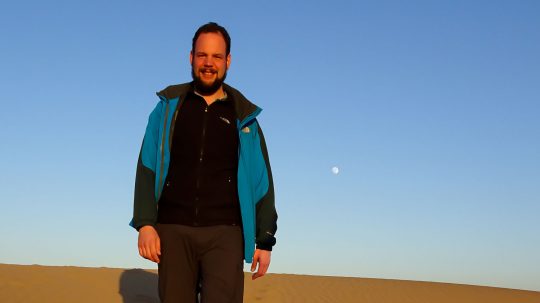
Readers Mail
Tell us what you think
Tommy Schneider on 20. Mai 2020
super, da halten sich viele erinnerungen nachdrücklich wach, ich war 1989 von Kisangani bis Mbandaka 3 Wochen auf dem Fluss, sehr präzise deine Schilderungen was die Umstände betrifft.. wann datiert deine reise ?
danke, mit besten grüssen
Tommy